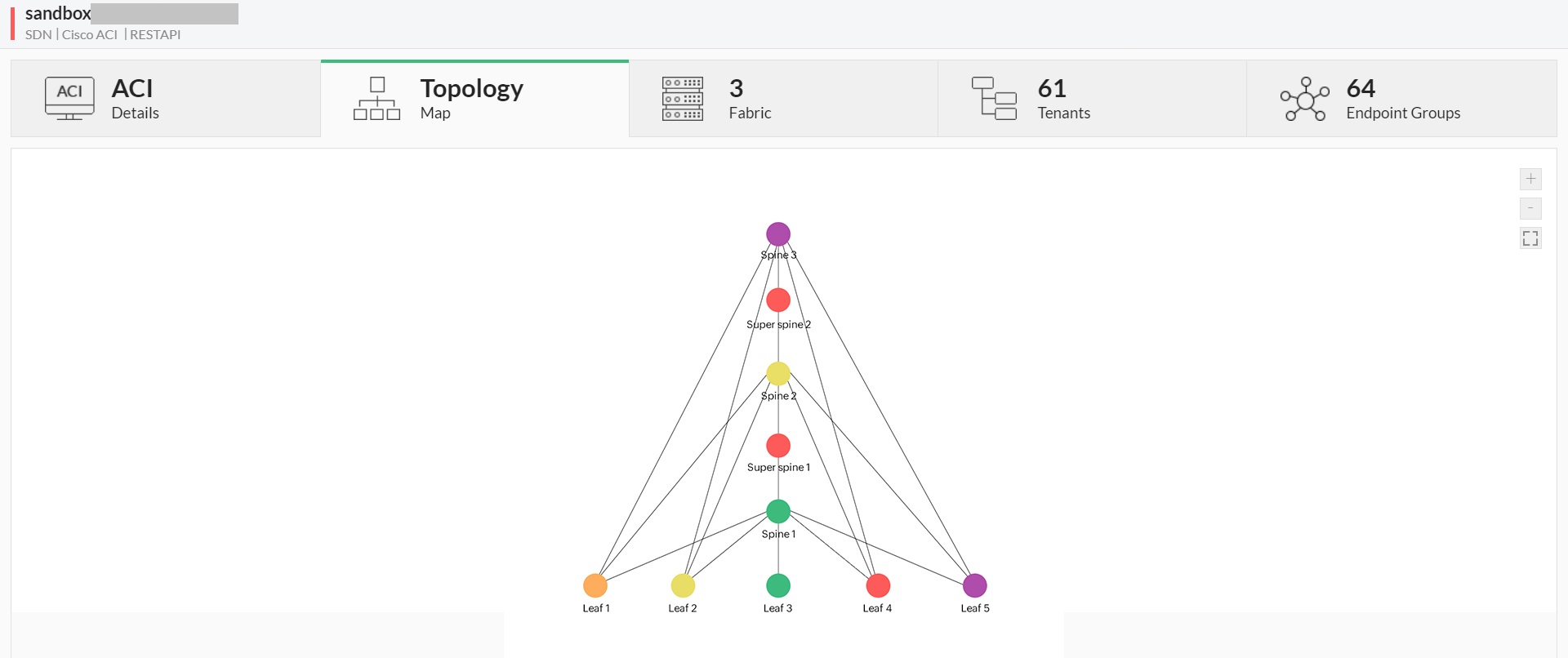Workflow variables
Workflow in OpManager allows you to automate repetitive tasks and processes efficiently. By using a simple drag-and-drop interface, you can easily create a workflow tailored to your specific needs and configure the criteria and trigger for its execution. OpManager's workflow capabilities empower you to automatically manage network devices, handle alarms, or streamline maintenance procedures.
While configuring the alarm or schedule trigger in a workflow, the following variables can be used,
Alarm variables
Below we have listed the alarm variables which will be return its associated value during the alarm trigger.
| Variable |
Value |
| $alarmid |
The alarm id will be displayed. |
| $message |
The alarm message will be displayed. |
| $displayName |
The alarm name will be displayed. |
| $category |
The category of the alarm will be displayed |
| $stringseverity |
The severity of the alarm is displayed. |
| $strModTime |
Returns the value of the time at which the string was modified. |
| $eventType |
Returns the event type. |
| $entity |
Displays the entity value. |
| $lastPolledValue |
Displays the last polled value. |
Device properties
Below we have listed the device related variables which will return its associated value during the alarm trigger.
| Variable |
Value |
| $DeviceField(type) |
Displays the type of the device |
| $DeviceField(ipAddress) |
Displays the IP address of the device. |
| $DeviceField(isSNMP) |
Shows whether the device is monitored with SNMP or not. |
| $DeviceField(dependent) |
Shows whether the device is a dependent device or not. |
| $DeviceField(hardDiskSize) |
Displays the hard disk size |
| $DeviceField(ramSize) |
Displays the RAM size. |
Interface properties
Below we have listed the interface specific variables which will be return its associated value during the alarm trigger configured for interfaces particularly.
| Variable |
Value |
| $IntfField(ifDescr) |
Displays the description of the interface. |
| $IntfField(displayName) |
Returns the display name of the interface. |
| $IntfField(ifAlias) |
Displays the alias name of the interface. |
| $IntfField(ifName) |
Displays the interface name. |
| $IntfField(ipAddress) |
Displays the IP address of the interface. |
| $IntfField(physMedia) |
- |
| $IntfField(ifIndex) |
Shows the interface index |
| $IntfField(ifCircuitID) |
Shows the circuit ID |
| $IntfField(ifSpeedIn) |
Displays the input speed. |
| $IntfField(ifSpeedOut) |
Displays the output speed. |
Common variables
These variables can be used for alarm trigger, schedule trigger and during manual workflow execution.
| Variable |
Value |
| ${DeviceName} |
Displays the device DNS name. |
| ${WorkflowName} |
Displays the name of the workflow. |
| ${Device.DisplayName} |
Shows the display name of the device |
| ${IPAddress} |
Displays the IP address of the device. |
| ${Date} |
Displays the current time. |
Custom fields for interfaces
The following are interface related custom variables that are used while configuring the alarm criteria in workflow.
| Variable |
Value |
| $IntfCustomField(Circuit ID) |
Displays the custom circuit ID of the interface. |
| $IntfCustomField(Comments) |
Displays the comments for the interface. |
| $IntfCustomField(Contact Name) |
Displays the custom contact name of the interface. |
| $IntfCustomField(SLA) |
Displays the SLA for the interface |
Custom fields for devices
The following variables are device related custom variables that are used while configuring the alarm criteria in a workflow.
| Variable |
Value |
| $CustomField(Building) |
Displays the building where the device is installed. |
| $CustomField(Cabinet) |
Displays the cabinet of the device. |
| $CustomField(Comments) |
Displays the comments added for the device. |
| $CustomField(Contact Name) |
Displays the custom contact name for the device. |
| $CustomField(Date) |
Displays the date. |
| $CustomField(Department) |
Displays the department where the device is used. |
| $CustomField(Floor) |
Displays the floor where the device is installed. |
| $CustomField(RackPosition) |
Displays the rack position. |
| $CustomField(SerialNumber) |
Displays the serial number |
| $CustomField(Telephone Number) |
Displays the telephone number for contact. |
| $CustomField(VMware_Tags) |
Displays the VMware tags related to the device. |
Note: Users can add more custom fields as per their needs. The custom field variables must follow this syntax: $CustomField(Field name).
Monitor properties
The below variables are related only to monitor-specific alarms raised in OpManager.
| Variable |
Value |
| $MonitorField(monitorName) |
Displays the monitor name. |
| $MonitorField(instance) |
Displays the instance for which the monitor is configured. |
| $MonitorField(protocol) |
Displays the protocol configured for the monitor. |
To gain in-depth insights into OpManager's automated workflows, explore the following help documents.
Thank you for your feedback!




